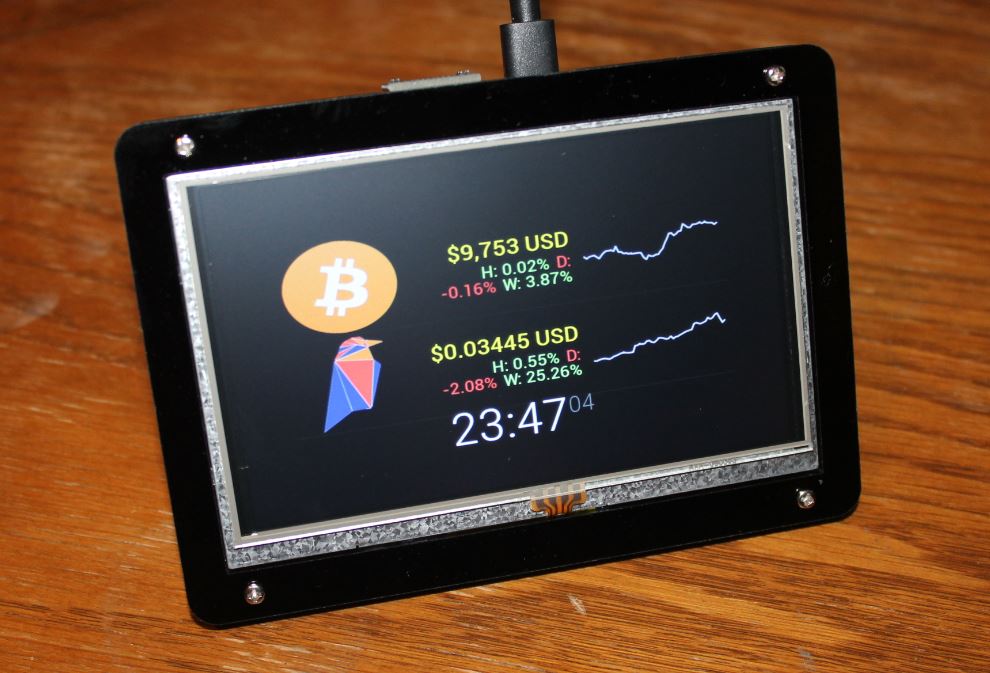

sudo mount -bind /media/usb/build/qt-everywhere-opensource-src-5.4.1 /home/pi/opt/qt-everywhere-opensource-src-5.4.1.


swapon: /media/usb/swap: read swap header failed: Invalid argument.Alternatively, a swap partition could have been used. Assuming that the external USB HDD has sufficient size, a larger swapfile will be put there. By default, raspbian maintains a 100 MB swapfile. Increasing available RAM for concurrent compilationĪlthough the Raspberry Pi 2 comes with 1 GB of RAM, this still isn't enough for compiling QtWebkit with more than one concurrent compilation process. Sudo mount -bind /media/usb/build/qt-everywhere-opensource-src-5.4.1 /home/pi/opt/qt-everywhere-opensource-src-5.4.1Ĭd ~/opt/qt-everywhere-opensource-src-5.4.1 Mkdir -p ~/opt/qt-everywhere-opensource-src-5.4.1 # now bind it to ~/opt/qt-everywhere-opensource-src-5.4.1 Tar zxvf ~/qt-everywhere-opensource-src-5.4.1.tar.gz # put proper device here instead of /dev/sdXX!

Using this method the tree will still be located logically in the user's home directory so that it can be moved there after compilation finished and the external USB HDD removed.
Xscreensaver raspberry pi out of date full#
Xscreensaver raspberry pi out of date windows#
XServer is the windows system display server utilized by Raspberry Pi OS. Using the “ xset” command, we can control change some of the behaviors of “xserver”. If you only want to turn off screen blanking on your Raspberry Pi temporarily, we can use a tool called “ xset“. Simple Commands to Turn Off Screen Blanking Screen blanking will remain enabled until after you restart the device. With the start menu opened, you need to hover over the “ preferences” option near the bottom of the menu ( 2.).įinally, click the “ Raspberry Pi Configuration” option (3.).įor the changes to take effect, you will need to restart your Raspberry Pi. You can get to this menu by clicking the raspberry icon in the top-left corner ( 1.). Once you have your Raspberry Pi started, you need to get into the configuration menu. You can turn off the screen blanking without a keyboard.ġ. The desktop interface for Raspberry Pi OS gives you a simple configuration menu that you can use to disable screen blanking.įor this section, you will need at least a monitor and a mouse. Disabling Screen Blanking using the Raspberry Pi Desktop The Raspberry Pi provides a couple of tools that allow us to very easily control this behavior without having to set up custom scripts or continually type in new commands. We will show you how you can easily disable the screen blanking behavior using both the desktop and command-line interface within the next few steps. Basically, by blanking the output, the display will stop receiving video output and typically put itself to sleep. When using the desktop flavor of Raspberry Pi OS, you will notice that the screen will be automatically put to sleep after a certain amount of time of inactivity.Ī part of how the Raspberry Pi achieves this is to blank the video device connected to your screen.


 0 kommentar(er)
0 kommentar(er)
